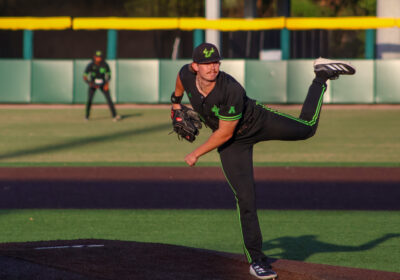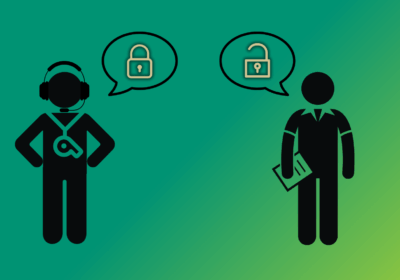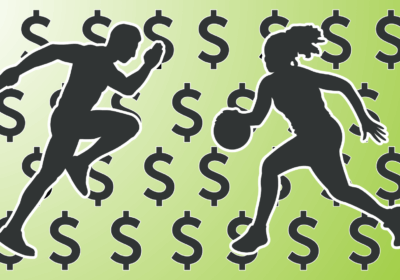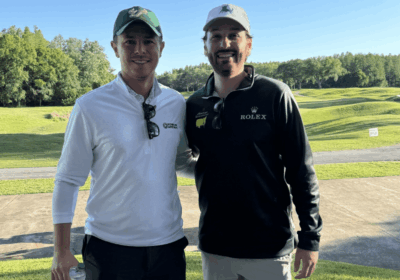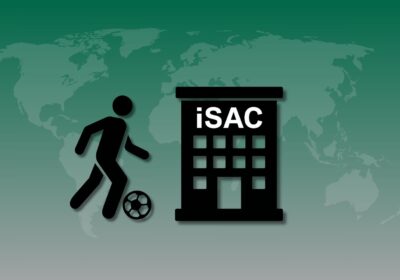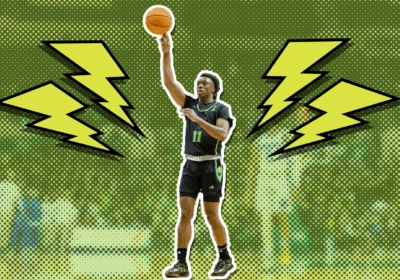Kelly says USF will be an ‘aggressive’ House v. NCAA settlement adopter
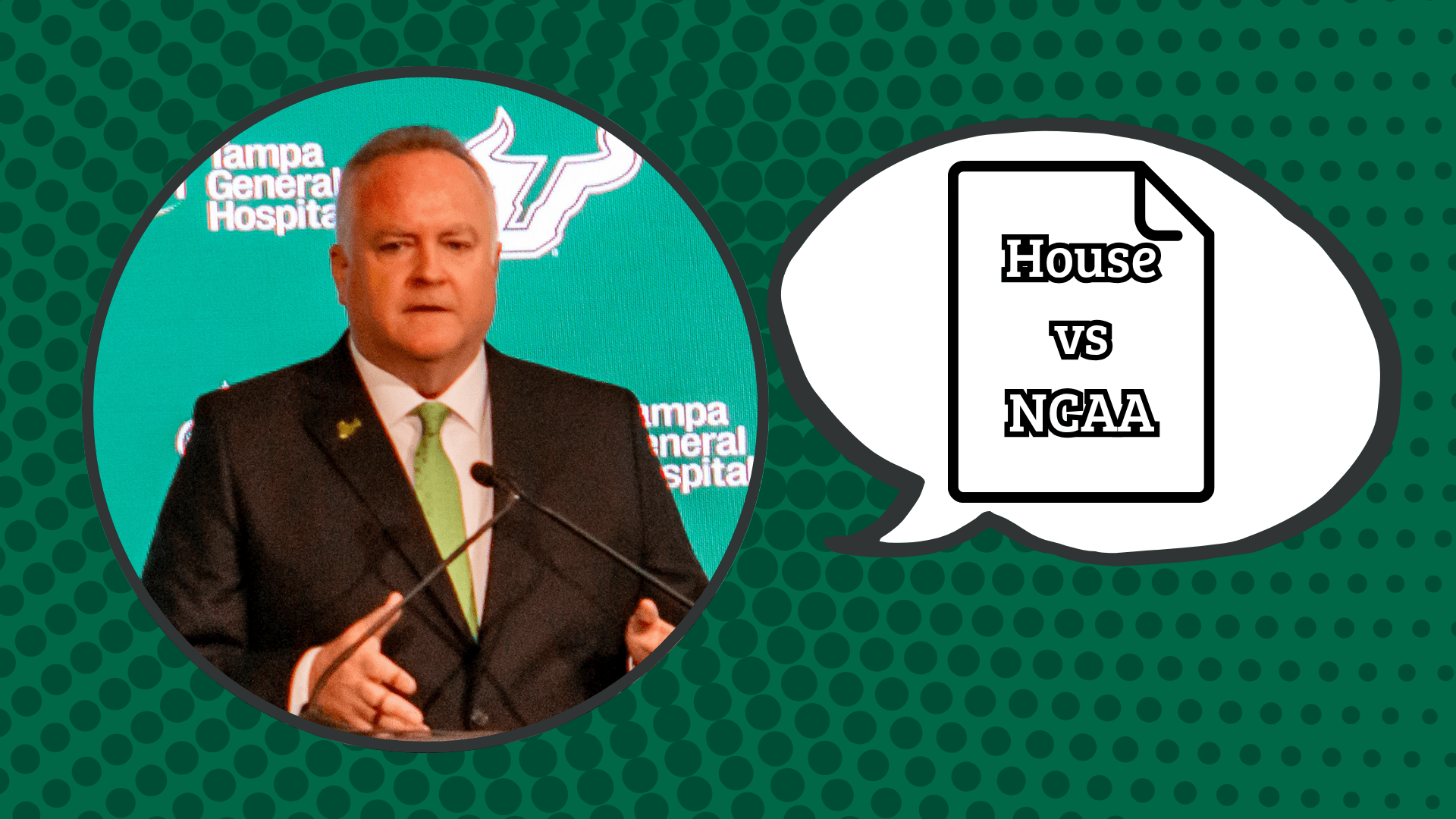
As the House v. NCAA settlement reshapes the financial architecture of college sports, outgoing USF athletic director Michael Kelly said the university plans to be among its “most aggressive” adopters.
The settlement, finalized on June 6, allows schools to directly pay athletes for the first time, with a national cap set at $20.5 million per school, per year.
Previously, athletes were only allowed to be paid from third-party sources through name, image and likeness deals. The change goes into effect on July 1.
This means USF will balance a multi-million-dollar athlete payroll and race to modernize operations around compliance, NIL contracts and revenue strategy — all while building a $407 million stadium.
“I do have a lot of confidence that USF will be amongst the leaders, if not the leader, related to the house settlement preparation in the American Athletic Conference,” Kelly said.
Related: Michael Kelly leaves USF with legacy of growth amongst change
New division and agency to guide
To help manage settlement changes, USF created Bulls Athletic Properties, a new division announced last week.
The group will oversee ticketing, sponsorships, media rights and partnerships. It will also centralize efforts to raise money and manage NIL under one umbrella.
In the press release, Kelly and interim athletic director Jay Stroman said Bulls Athletic Properties will help USF succeed in current and future endeavors.
USF also partnered with sports agency Elevate, which works with Alabama and Notre Dame, to help plan and grow long-term revenue.
$10 million and counting
The AAC is currently the only conference to set a revenue-sharing minimum, requiring each member school — except federally funded Navy and Army — to distribute $10 million in athlete compensation over the next three years.
But Kelly said USF plans to exceed that threshold.
“We’re going to do everything we can to get as close to the limits as possible, as fast as we can,” he said.
USF began preparing for the settlement’s resolution last year by establishing USF’s NIL Strategy Unit — led by associate athletic director and NIL general manager Andrew Warsaw and assistant NIL general manager Allison Iverson.
The team works directly with agents and students, coordinating athlete appearances, compliance and deal management — including what Kelly said will soon be direct contracts with the university.
Kelly said USF’s full participation in the settlement framework will require strategic budgeting.
USF is part of the Group of Five, where schools operate with much smaller athletic budgets than Power Four programs.
NCAA data estimates that Power Four schools will average just over $22 million combined in annual athletic revenue sharing, while Group of Five schools average closer to $2.5 million.
Despite the gap, Kelly said USF will “get aggressively near the cap.”
The $20.5 million cap is based on about 22% of the average Power Four school’s athletic revenue. Schools that opt-in to the settlement may exceed that percentage, but not the cap itself.
A smaller school — like USF — with far less revenue, can also pay up to the cap — even if it means spending a much larger share of its overall budget.
Related: USF’s athletic director Michael Kelly joins Navy in same role
What it means for athletes
Kelly pushed back on the idea that compensating students will be “pay-for-play,” which is when schools pay athletes based on how well they perform in their sport — like a salary for playing.
Kelly said the payments are meant to compensate athletes for promotional value — not athletic performance.
“It still gives them opportunities to go promote products, promote the university and promote services,” Kelly said.
Athletes can continue signing endorsement deals through collectives or companies, Kelly said.
But now, athletes must report third-party NIL deals over $600 through a new system called NIL GO, according to the NCAA.
These deals are reviewed by the College Sports Commission to ensure compensation falls within market value and keeps schools under the $20.5 million cap.
The settlement also includes $2.8 billion for athletes who played between 2016 and 2021, to reimburse those who played before NIL rules allowed direct payments.
This money comes from the plaintiffs’ attorneys — not the universities — and is separate from the $20.5 million schools can now spend each year moving forward.
Where is the money coming from?
Kelly said the first few years of revenue sharing will be powered by fundraising, donor campaigns and what he called a couple of “strategic sponsorships and deals.”
The USF Foundation — which receives revenue from donors, sponsors and vendors — is playing an expanded role now that schools can legally pay athletes directly.
“Now [the donors] can still make that choice, but when they give to the Bulls Club, it can go to whatever the highest priority is… whether that’s revenue sharing, scholarships or facilities,” Kelly said.
Stroman’s dual role as the CEO of the Foundation and interim athletic director could streamline how USF aligns its fundraising with athletic priorities. He helped raise more than $40 million for the on-campus stadium in his Foundation role.
USF football currently plays at Raymond James Stadium, but Kelly said the school does not make revenue from concessions or naming rights.
None of USF’s on-campus stadium revenue is currently earmarked for athlete pay. Still, Kelly said the school views it as crucial to its ability to compete nationally.
“To share revenue, you have to be able to make revenue,” Kelly said.


